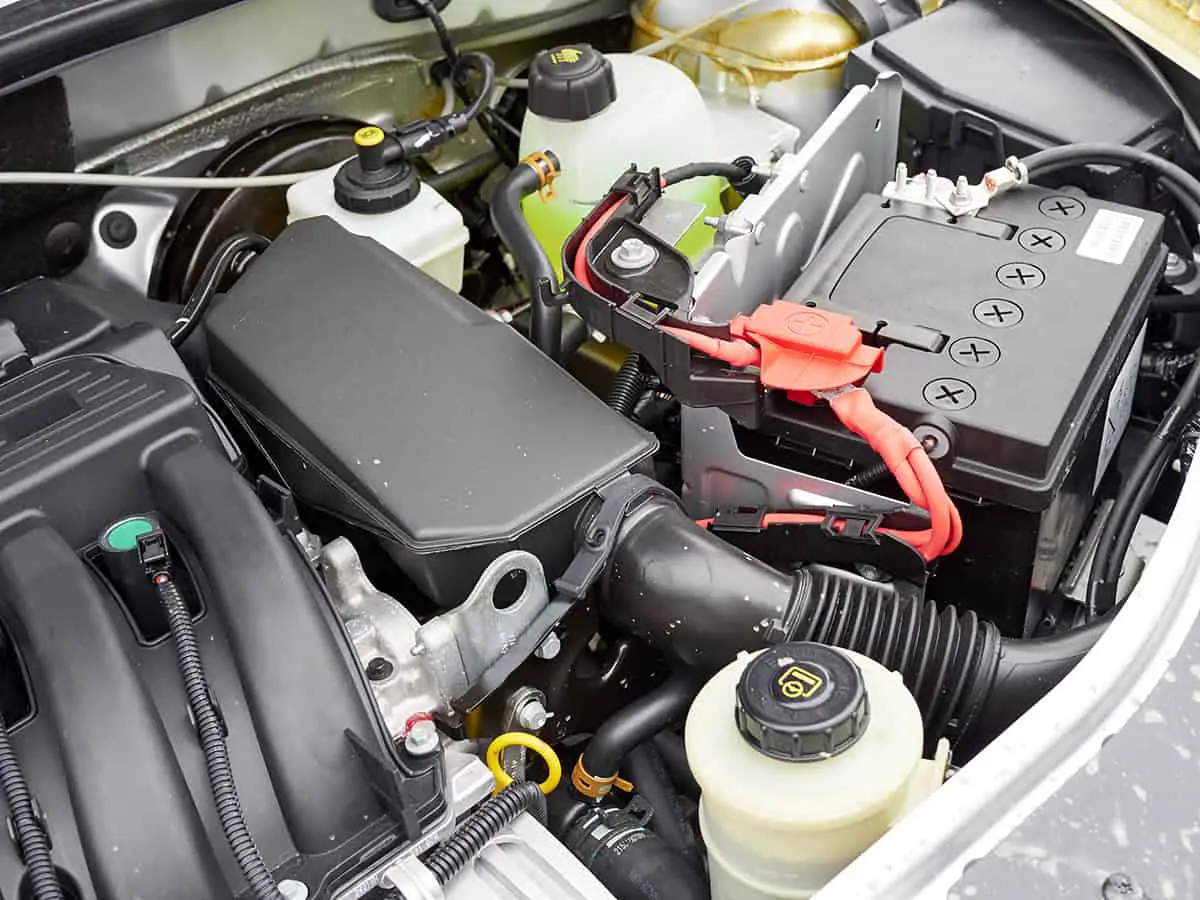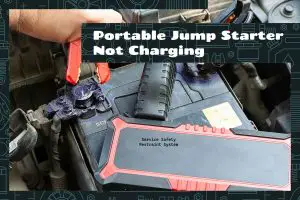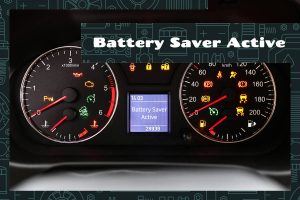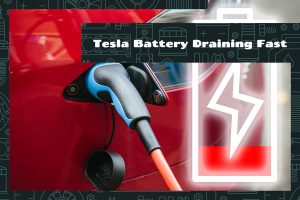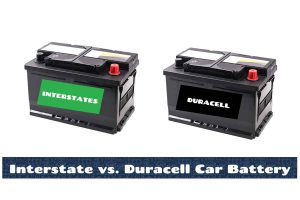Tired of always having to replace the battery in your Subaru Outback? Well, don’t worry, because I can help! Getting the right size battery for your Outback is important if you want your car to run smoothly and without any problems. And it all starts with choosing the correct battery size.
Subaru Outbacks use different battery sizes depending on the model year. In general, 2020 and recent Outback models use group 47 car batteries, 2010 to 2019 use group 25 batteries, and 2000 to 2009 Outbacks use group 35 batteries.
As any car owner should know, the group size of the battery isn’t the only thing that matters. In this guide, I’ll describe what group sizes mean, the other considerations you need to take into account, and how long a Subaru Outback battery should last.
What Are Car Battery Sizes?
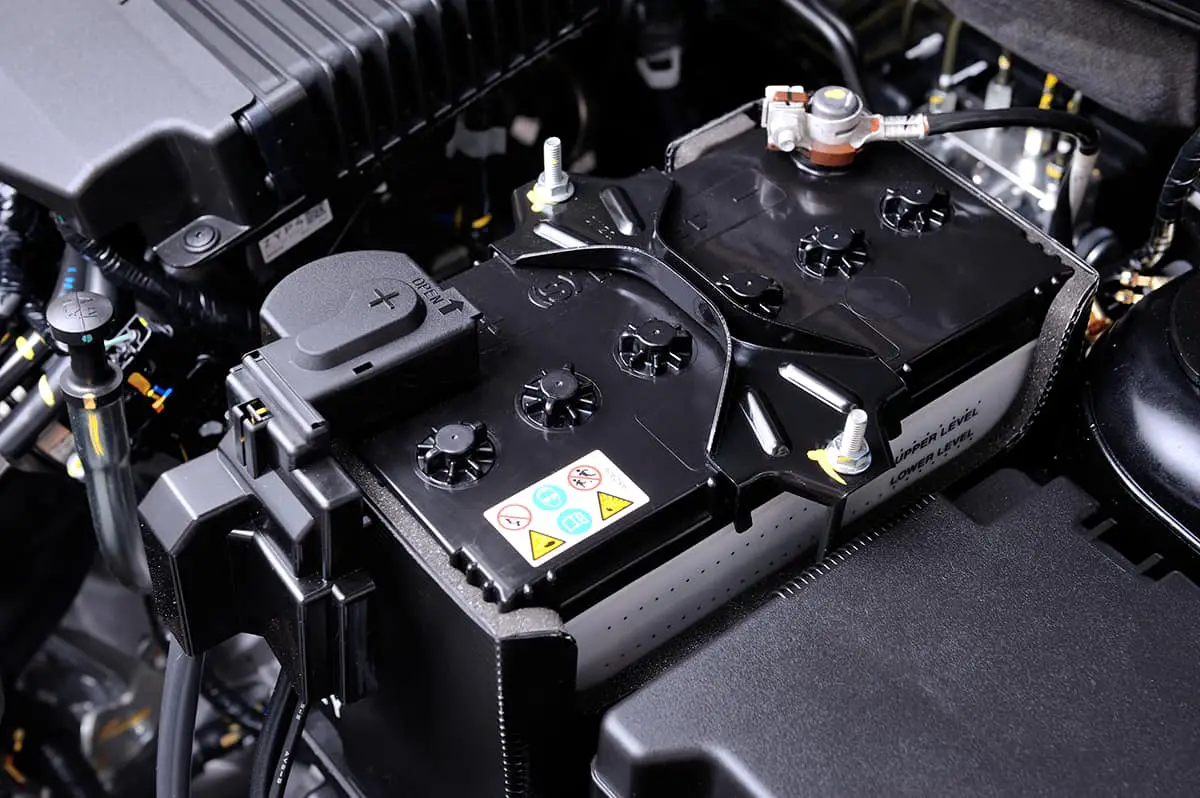
Car battery sizes refer to the physical dimensions and capacity of a car battery. The size of a car battery is typically indicated by a group size, which is a standardized measurement used by manufacturers.
The most common car battery group sizes are Group 24, Group 27, and Group 34. These sizes are commonly found in a range of vehicles, from smaller cars and SUVs to midsize and larger vehicles such as trucks and vans.
Group 24 batteries are a common size for smaller vehicles and have a capacity of around 50-70 Ah. Group 27 batteries are slightly larger and are often found in midsize vehicles. They have a capacity of around 70-90 Ah. Group 34 batteries are larger still and are often found in larger vehicles such as trucks and vans. They have a capacity of around 90-110 Ah.
What Size Battery for Subaru Outback?
The required battery size for Subaru Outbacks has changed over the years. So, the safest way to determine what battery size will fit in your Subaru Outback is to check the owner’s manual.
If you purchased your Outback second-hand, feel free to use the following table, which describes the group size, the physical dimensions, and the position of the positive terminal side for Subaru Outbacks starting from 2000.
| Subaru Outback Model Year | Battery Group Size | Dimensions | Positive Terminal Location |
| 2000 | 35 | 9.0625 x 6.9375 x 8.875 in. | Right |
| 2001 | 35 | 9.0625 x 6.9375 x 8.875 in. | Right |
| 2002 | 35 | 9.0625 x 6.9375 x 8.875 in. | Right |
| 2003 | 35 | 9.0625 x 6.9375 x 8.875 in. | Right |
| 2004 | 35 | 9.0625 x 6.9375 x 8.875 in. | Right |
| 2005 | 35 | 9.0625 x 6.9375 x 8.875 in. | Right |
| 2006 | 35 | 9.0625 x 6.9375 x 8.875 in. | Right |
| 2007 | 35 | 9.0625 x 6.9375 x 8.875 in. | Right |
| 2008 | 35 | 9.0625 x 6.9375 x 8.875 in. | Right |
| 2009 | 35 | 9.0625 x 6.9375 x 8.875 in. | Right |
| 2010 | 25 | 9.0625 x 6.9375 x 8.875 in. | Left |
| 2011 | 25 | 9.0625 x 6.9375 x 8.875 in. | Left |
| 2012 | 25 | 9.0625 x 6.9375 x 8.875 in. | Left |
| 2013 | 25 | 9.0625 x 6.9375 x 8.875 in. | Left |
| 2014 | 25 | 9.0625 x 6.9375 x 8.875 in. | Left |
| 2015 | 25 | 9.0625 x 6.9375 x 8.875 in. | Left |
| 2016 | 25 | 9.0625 x 6.9375 x 8.875 in. | Left |
| 2017 | 25 | 9.0625 x 6.9375 x 8.875 in. | Left |
| 2018 | 25 | 9.0625 x 6.9375 x 8.875 in. | Left |
| 2019 | 25 | 9.0625 x 6.9375 x 8.875 in. | Left |
| 2020 | 47 | 9.5625 x 6.9375 x 7.5 in. | Right |
| 2021 | 47 | 9.5625 x 6.9375 x 7.5 in. | Right |
| 2022 | 47 | 9.5625 x 6.9375 x 7.5 in. | Right |
| 2023 | 47 | 9.5625 x 6.9375 x 7.5 in. | Right |
Other Car Battery Considerations
The size of a car battery will determine whether or not it will fit in the battery compartment underneath your car’s hood, but it’s not the only thing you need to consider. Take a look at the following to see the other battery variables you need to take into account.
Cell type
Your options are wet and dry cells.
Wet cell batteries, also known as flooded lead-acid batteries, are the standard in most vehicles. The liquid electrolyte inside can be seen through the clear plastic case, hence the name “wet cell.”
Wet cell batteries produce hydrogen gas during operation, which can be explosive if it accumulates in a confined space and require regular water additions to keep the electrolyte level at an optimal level. Wet cell batteries are more easily damaged by freezing temperatures and require more maintenance, but they cost less initially.
Dry cell batteries are a type of automobile battery that does not contain a liquid electrolyte; they are also known as sealed lead-acid batteries. Inside the battery, the electrolyte is actually suspended in a sponge-like material.
When compared to wet cell batteries, which require regular water topping off, dry cell batteries are more hassle-free due to their sealed design. As an added bonus, they release less hydrogen gas, making them suitable for use in enclosed spaces. Despite being more expensive, dry cell batteries outlast their wet cell counterparts and can withstand temperatures as low as -40°F without suffering damage.
Amp hours
How much electrical energy a car battery can store is indicated by its amp-hours (Ah) rating. To store more energy, a battery needs a higher Ah rating.
The Ah rating of your car battery should be high enough to power all of your car’s electrical accessories. If the battery capacity is insufficient, not all electrical systems will be powered reliably, and the battery will drain faster. However, if the battery is too big, it could be too expensive and waste energy because it can’t be used to its full potential.
Cold crank amps
Cold-cranking amps (CCA) is the ability of a car battery to deliver a certain amount of current when the temperature is below freezing. A battery’s CCA rating indicates how much current it can supply for 30 seconds at 0°F while maintaining a voltage of at least 7.2 volts.
Reserve capacity
Reserve capacity (RC) is a measurement of how long a car battery can keep its electrical systems running without being recharged. The RC rating of a battery indicates how long it can keep the electrical systems running on a constant 25 amps with the engine off.
What happens to the car’s electrical systems in the event of an engine failure or when the engine is turned off is directly related to the RC rating of the battery. For instance, a battery with a 60-minute RC rating can supply electrical power for that length of time at a constant rate of 25 amps before needing to be recharged.
